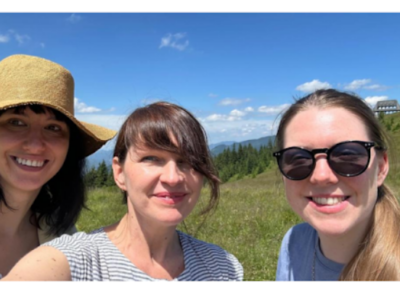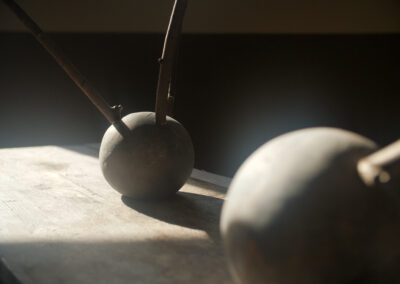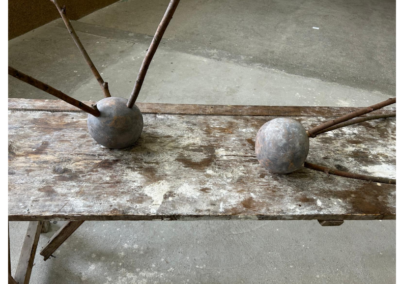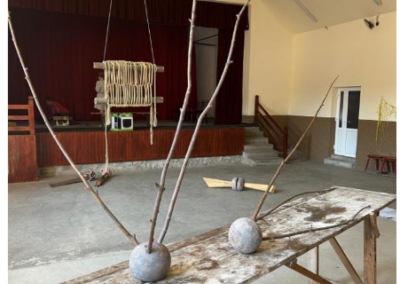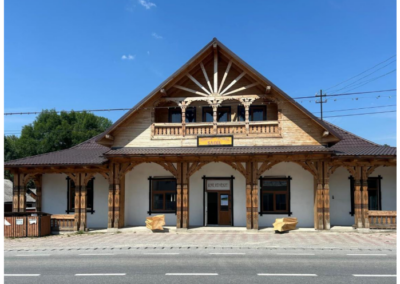Anetta Mona Chișa
Anetta Mona Chisa (1975) lives and works in Prague. Between 1994 and 2000 she studied at the Academy of Fine Arts in Bratislava. In 2006, together with Lucia Tkáčová she was awarded the Oskár Čepan Prize, and in 2011 she exhibited at the 54th Venice Biennale in the exhibition Performing History (with Lucia Tkacova and Ion Grigorescu). Anetta Mona Chisa’s artistic practice often takes place in the form of collaborative exhibitions and installations, and she is particularly concerned with discontinuities and transformation of the East European socio-political context. The artist reflects on changing systems of reference in a world that increasingly adheres to axiomatic constraints in technological development, the capitalist system and radical individualism. Anetta Mona Chisa’s solo and collaborative projects include exhibitions at Kunstraum Lakeside (2021), Kunsthalle Bratislava (2021), Museumcultuur Strombeek Gent (2019), Kunstraum Niederroesterreich, Vienna (2017), Waterside Contemporary, London (2013); Galerie Christine Koenig, Vienna (2011), Salonul de proiecte București (2011) or Neuer Berliner Kunstverein, Berlin (2008), in transit. sk, Bratislava (2006); Centre for Contemporary Art Futura, Prague (2006). Chisa has participated in group exhibitions at the National Museum of Contemporary Art in Bucharest; at the 10th Manifesta in St. Petersburg; in Kunstrau Kreuzberg / Bethanien, Berlin; CONTEXT Art Miami; tranzit. ro, Bucharest; Cultuurcentrum Strombeek, Grimbergen; Whitechapel Gallery, London; at the 3rd International Biennale of Young Art in Moscow; in the Museum of Art, Łódź; Thyssen-Bornemisza Art Contemporary, Vienna; MUMOK, Vienna and at the 29th Biennale of Graphic Arts in Ljubljana.
Maramureș Residency
20 June – 20 July
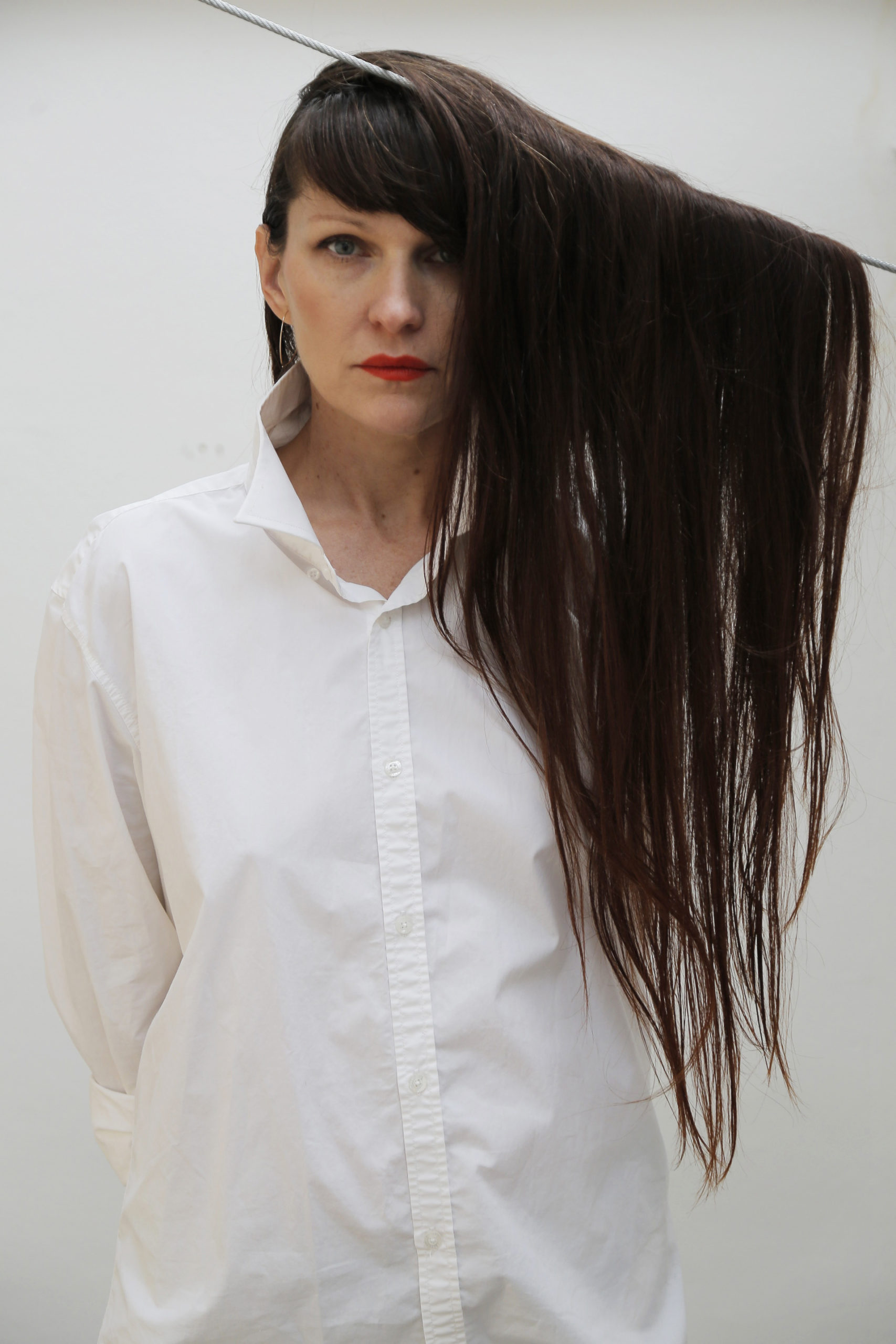
Săcel artistic residency was a remarkable experience. Located in the heart of Maramureș, the stay there allowed artists to delve deeply into various artistic techniques (textile, ceramics, woodwork) and to create memorable connections with local artisans and fellow artists.
Both the villagers and the artists in residency were highly curious, communicative and creative. A vibrant community formed, facilitating the exchange of experiences and ideas, generating numerous contacts for future collaborations. The atmosphere of collegiality and mutual support made working on the individual projects a pleasurable, smooth experience
I focused on creating ceramic objects under the careful guidance of the ceramist Ilie Mihali. One of the most interesting experiences (even before I started working on the artwork itself) was assisting in the construction of a traditional ceramic kiln, a process that combines knowledge, skills and experimentation. Creating a wood-fired kiln is a balance of elements, requiring a deep understanding of the materials used, heat transfer, combustion, airflow, and thermal expansion.
I managed to create two ceramic objects inspired by molecular chemistry. Although these sculptures, with their biomorphic contours, can have many associative readings, the starting point was the model of a nitrogen molecule. Molecular nitrogen (N2), composed of two nitrogen atoms bonded by a triple covalent bond (N≡N), is a colorless, odorless, and tasteless gas that makes up 78% of Earth’s atmosphere, making it the most abundant chemical species in air. The idea of working with an invisible and imperceptible molecule, yet so omnipresent and fundamental to life on Earth, was a major artistic challenge.
I tried to transpose this stable yet immaterial molecule into a physical, tangible clay model. The process of creating this work involved exploring and visualizing a diatomic molecule shape in a perceptible solid form. Fascinated by the idea of transmutation at extreme temperatures, I looked closer into how the process of atomization by splitting the N2 molecule into 2 N atoms is described and carried on. I found some antithetical similarities with the process by which clay minerals and nitrogen molecules undergo chemical structural changes during firing. Firing ceramics involves exposing materials to temperatures of around 1000 degrees Celsius. This temperature has a transfigurative effect, facilitating profound structural and chemical changes. Clay particles create bonds and fuse together, allowing atoms to rearrange into new configurations. During the firing the clay body densifies, reducing porosity, increasing strength (sintering), and finally becoming cemented. On the other end, the transformation of an N2 molecule also occurs only at very high temperatures, in the thousands of degrees Celsius. Here the molecules breaks down, atoms disconnect from each other, becoming reactive single nitrogen atoms that can form new compounds. I entitled my two objects “Broken Triple Bond,” a reference to a transformed N2 molecule, with the bonds between atoms dissociated. At the end of the residency, an exhibition curated by Marie Maertens was organized at the Săcel Cultural House, bringing together both the local community and international participants. All the works were inspired by the rural life, crafts, and traditional techniques of textiles, ceramics, sculpture, and painting. Each artist approached the local context through celebrating traditions, updating subjects, reflecting differences.
Views and opinions expressed are however those of the author(s) only and do not necessarily reflect those of the European Union or European Education and Culture Executive Agency (EACEA). Neither the European Union nor the granting authority can be held responsible for them.

